光耦的热特性
通过管理芯片和周围空气之间的热传递,维持光耦特性,避免失效。
本文引用地址:https://www.eepw.com.cn/article/186399.htm任何半导体设备的动作依靠其模型温度,这就是为什么电子参数要按照特定温度给出。为维持光耦特性,避免失效,通过管理芯片和周围空气之间的热传递限制温度。不应该超过设计规定的连接温度,即使光耦也许没有被归入“功率器件”的种类。这么做有以下两个原因:
首先,全面增加光耦长期可靠性,因为任何固态设备的工作温度都与其长期可靠性成反比。因此应该是器件工作在最低的实际工作温度下。其次,某些参数与设备的问题紧密相连,这些随温度而变得参数包括漏电流、触发电流、CTR、骤回电压和电阻。
进行热计算的三个主要方法是通过使用器件降额值、随温度变化功率图或温度模型。最简单的方法是使用热降额值(假定用功率/度)。然而,制造商非常保守的得到这个数字,所以这个方法不能提供最精确的结果。
随温度变化功率图与第一种方法非常相似,但是用简单的数字代替,依照随温度变化功率图(图1)。并且,这是一个非常保守的方法,应该非常顾及可靠的设计,但是它也不能提供最精确的结果。

进行热计算更全面的方法是使用热模型。一些光耦的热模型已经建立,用于大多数简单精确的计算。
英文原文:
Thermal characteristics of optocouplers
Sustain an optocoupler's performance and avoid failure by managing the heat transfer between the chip and the ambient atmosphere.
By Roshanak Aflatouni and Bob Gee, Vishay Intertechnology -- EDN, 10/18/2007
The behavior of any semiconductor device is dependent on the temperature of its die, which is why electrical parameters are given at a specified temperature. To sustain an optocoupler's performance and to avoid failure, the temperature is limited by managing the heat transfer between the chip and the ambient atmosphere. You should not exceed the device's rated junction temperature, even if an optocoupler may not fall into what you consider the power device category. This is true for two main reasons.
The first is to increase the overall long-term reliability of the optocouplers, as the operating temperature of any solid-state device is inversely proportional to its long-term viability. Consequently, you should operate a device at the lowest practical operating junction temperature. Secondly, certain parameters are closely tied to the operating temperature of the device; these temperature-dependent parameters include leakage current, trigger current, CTR, snapback voltage, and on-resistance.
The three main ways of performing thermal calculations are by using a component derating number, or a graph of allowable power versus temperature, or a thermal model. The simplest approach is to use a thermal derating number (given in power/degrees). However, manufacturers are very conservative when deriving this number, so this approach does not provide you with the most accurate results.
A graph of allowable power versus temperature is very similar to the first approach, but instead of a simple number, you follow a graph of allowable power versus temperature (Figure 1). Again, this is a very conservative approach and should allow for a very reliable design, but it does not provide you with the most accurate results.
A more comprehensive method for performing thermal calculation is to use a thermal model. Thermal models have been created for some optocouplers containing multiple dice —including phototriacs — for the most simple and accurate calculations.
Multiple Dice Optocoupler Thermal Model
This article demonstrates a simplified resistive model. When used correctly, this model produces results that provide engineering accuracy for practical thermal calculations. Figure 2 provides the simplified electrical analogous model for any optocoupler.
θCA = Thermal resistance, case to ambient, external to the package.
θDC = Thermal resistance, detector to case
θEC = Thermal resistance, emitter to case
θDB = Thermal resistance, detector junction to board
θDE = Thermal resistance, detector to emitter die
θEB = Thermal resistance, emitter junction to board
θBA = Thermal resistance, board to ambient, external to the package
TJE = Emitter junction temperature
TJD = Detector junction temperature
TC = Case temperature (top center)
TA = Ambient temperature
TB = Board temperature
Thermal resistances and specified junction temperatures for a particular device are provided in select datasheets.
Thermal Energy Transfer
There are three mechanisms by which thermal energy (heat) is transported: conduction, radiation, and convection. Heat conduction is the transfer of heat from warm areas to cooler ones, and effectively occurs by diffusion. Heat radiation (as opposed to particle radiation) is the transfer of internal energy in the form of electromagnetic waves. Heat convection is the transfer of heat from a solid surface to a moving liquid or gas.
All three methods occur in optocouplers. However, for most products in most environments, the majority (~ 75 %)
of heat leaving the package exits through the lead frame and into the board. This occurs because θBA is a conductive phenomenon with a much lower thermal resistance than the convective and radiative phenomena associated with θCA (θCA is typically an order of magnitude larger than other thermal resistances). Because very little heat leaves through the top of the package (heat convection), junction-to-case temperatures (θDC and θEC) are negligible in most environments.



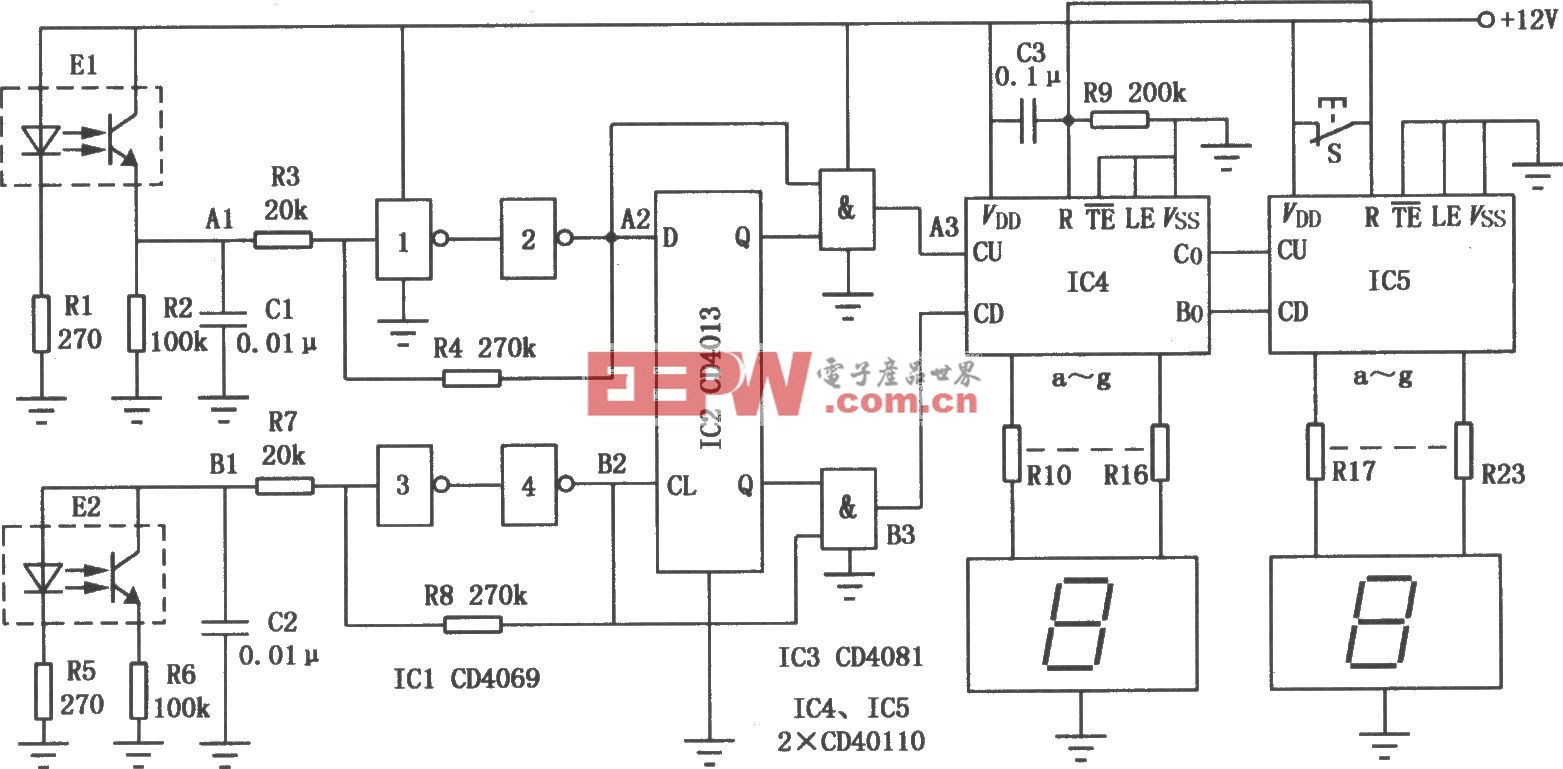
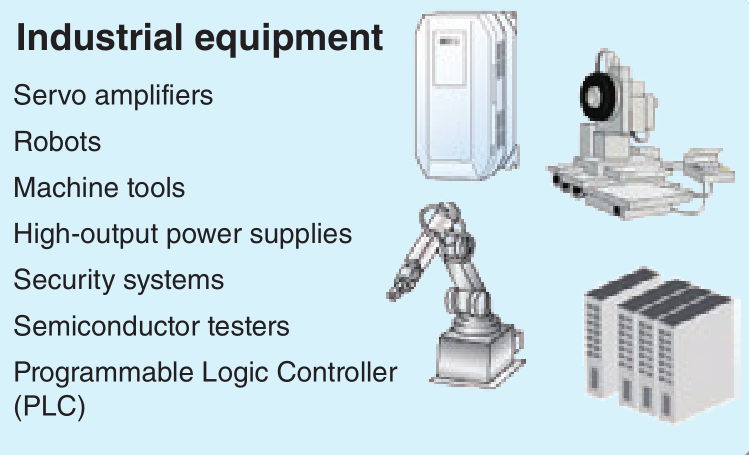
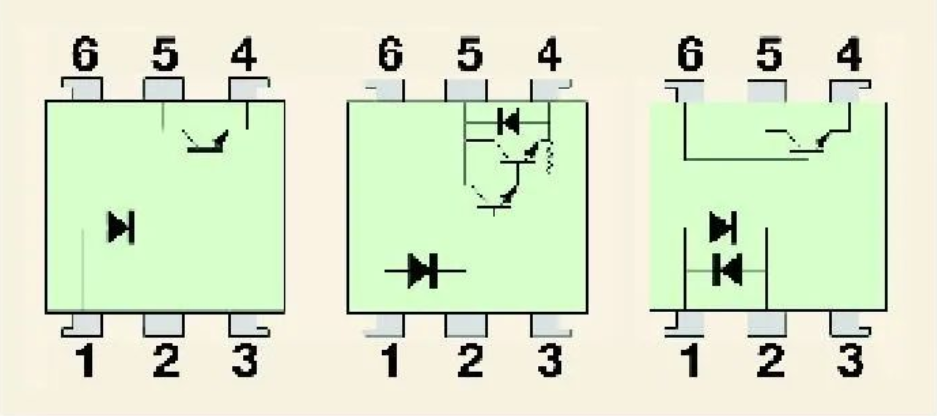


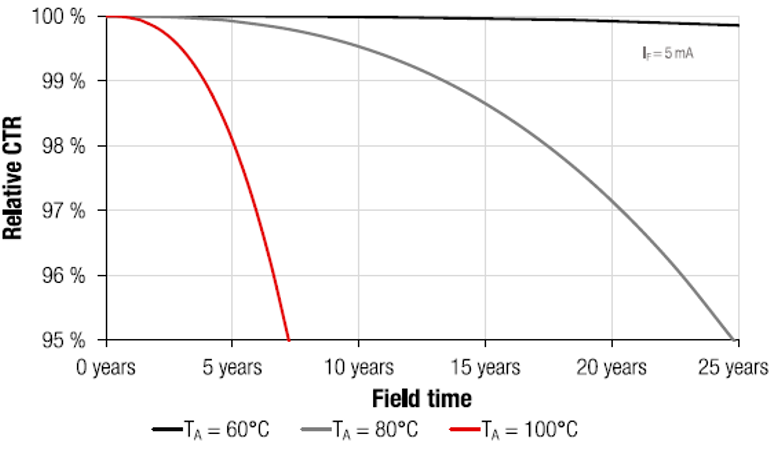
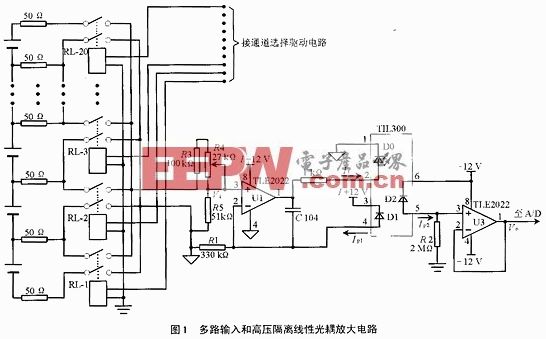

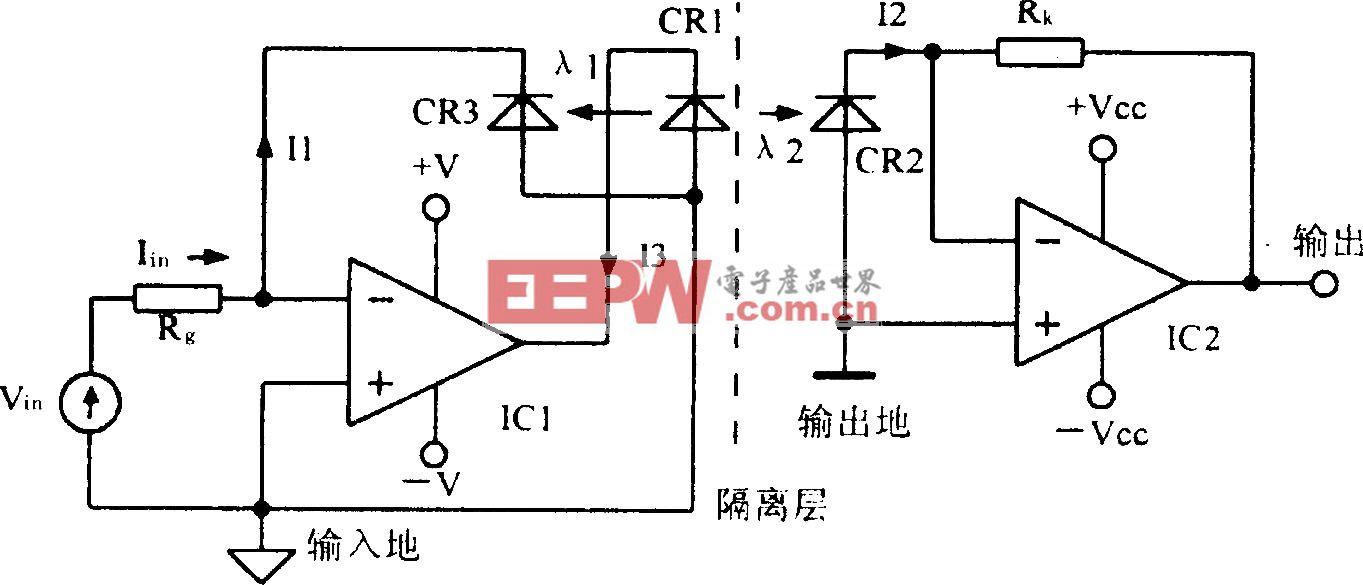

评论